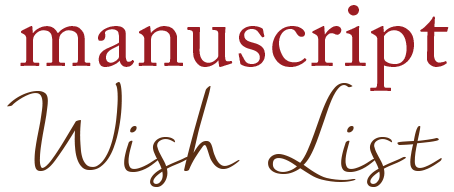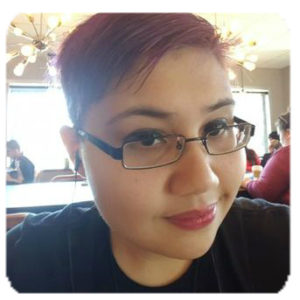by Kat Enright, Skyhorse Publishing
It took me a long while to realize that I was bisexual.
Perhaps it’s where I grew up, a picture perfect example of small-time Pennsylvania. Perhaps it was the influence of conservative, Catholic parents. Perhaps it was just something that I needed time to discover.
But mostly, it was because I didn’t know that it was something a person could be. Let’s face it, despite the diversity of the world we live in, many of our stories are still very white and very straight. This is slowly but surely changing, but the vast majority of our stories still fit into neat little boxes. And growing up, I believed that one had to fit into one of these categories – a person was either gay or straight. What else was there?
It wasn’t until college that I started to see that I started to see that were other options. Until I began to question what I had unconsciously internalized and faced that part of me that I feared was wrong. I started reading more broadly, watching different movies and TV. I started to find the characters that reflected me, but I had to search for them. And to some extent, I still do. The amount of gay and lesbian characters are in YA fiction rising, but bisexual characters are still fairly rare. And when they do exist, I found they often come with their own special kind of baggage.
I’m sure you’ve seen it somewhere. The confusion that rises when a bisexual character is outed, the boyfriend or girlfriend who’s insecure that their significant other is going to go “straight”, the idea that it is just a phase, the bisexual who cannot help but cheat, the bisexual who, because they like two or more genders, obviously wants to be with everyone. The bisexual who ends up with an opposite sex partner and suddenly has no claim on the queer identity. The bisexual who has not yet had an opportunity to be with a same-gender partner, and because of that, has also their identity called into question.
There is a lot of confusion, really, about bisexuality, and a fair amount of biphobia in the world as well. And it bleeds into the stories that we tell, which only helps in reinforcing the cultural narrative of the world we live in. And most hurtfully, this sometimes even comes from our queer brothers and sisters.
Now don’t get me wrong – I’m thrilled to see stories that embrace the stories our gay and lesbian youth, from #OWNVOICES authors, and I do believe that all of those stories are incredibly important. But there should also be room on our shelves for stories about bisexual characters, pansexual characters, asexual characters – for each and every identity and orientation. And there should be an effort to understand each other and the richness of our individual experiences.
So my I find myself searching for a certain type of character, one who is able to proudly and confidently embrace their bisexual identity, who is not questioned or threatened by those around them. Who can love whomever they choose freely and not pinned down by the stereotypes we expect in such tales. Like the stories that reach out to our gay and lesbian youth, these stories are needed out there in the hands of young readers. Not just so that bisexual/pansexual youth can see themselves reflected and valued in stories, but so that everyone can know that we do exist, and we are just as real and varied and wonderfully human as everyone else.
So if you find these stories, please send them my way.
***
Kat Enright was born in Middle-of-Nowhere Pennsylvania, and earned her BA in Philosophy (with a minor in Writing) from Gettysburg College. After college, she served for two years as an AmeriCorps VISTA Service Member in Boston, MA, before she moved to New York to start her career in Publishing. Kat always has at least one book on her (and sometimes upwards of ten, if you count all the e-books on her phone), and a notebook to jot down all the creative ideas that pop into her head.


As a bisexual woman and author, thank you for this. My first pubbed book in 2011 had a bisexual male MC, and it was a damned hard sell. I’m crossing my fingers we start seeing a rise in representation over the next several years.
Thank you so much for this article. It is all-too-familiar (being a bisexual woman from the middle-of-nowhere Pennsylvania myself). As I seek representation for my MS, I find myself questioning how others will accept my characters’ various sexualities (hetero-/homo-/bi-sexual, as well as ace). Please continue to be an advocate for all of us #ownvoices writers pushing for bi inclusion!
Changing perceptions is like a minefield. But it takes just one extraordinary character to do just that. Then everyone one embraces and accepts. As writers it is up to us to come up with that character. What cannot be achieved ironically with real life characters, is possible through the power of fiction.